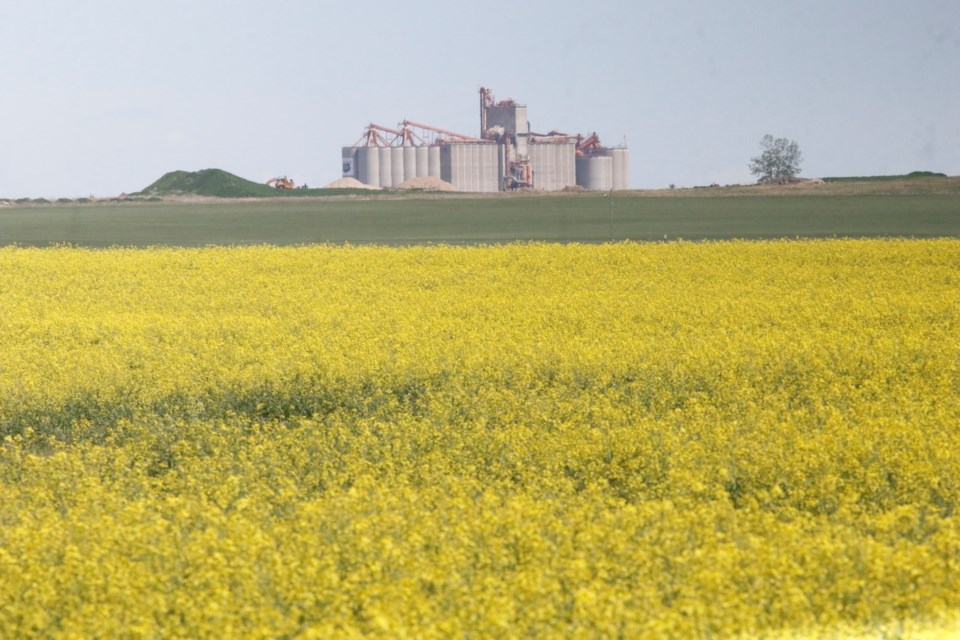WEYBURN - Crops in the southeast look promising in many areas and producers would like to see additional timely rains to continue supporting crop development, according to the weekly crop report for the period of July 1 to 7. Parts of the southeast continue to receive modest rainfall that is causing producers to spray fungicides to certain pulse, cereal, and oilseed crops. Other areas in the southeast have been experiencing dry conditions for the past two weeks and fungicides haven’t been needed yet.
The highest rainfall was in the Lampman area, which received 32 mm of rain. The Hirsch area received 25 mm, while the Griffin area got 23 mm of rain. Other areas that received notable rainfall include the Lajord area with 22 mm and Balcarres area with 21 mm.
Topsoil moisture levels fell slightly from last week in the southeast as there wasn’t enough rain to replenish moisture loss. Cropland topsoil moisture is 69 per cent adequate, 30 per cent short, and one per cent very short. Hayland topsoil moisture is 63 per cent adequate, 33 per cent short, and four per cent very short. Pastures have similar soil moisture levels with 63 per cent having adequate moisture, 32 per cent are short, and five per cent are very short.
Timely rainfall is needed to accompany hot weather for crops to advance consistently. Currently:
• Two per cent of winter cereals are in stem elongation, two per cent are at the flag leaf stage, 50 per cent are heading, 40 per cent are in dough stages, and six per cent are ripe.
Seven per cent of spring cereals are tillering, 18 per cent are in stem elongation, 31 per cent are at flag leaf stage, 42 per cent are heading, and two per cent are at dough stages.
• Three per cent of flax remain in seedling stages, 67 per cent are in stem elongation, 23 per cent are flowering, two per cent are at the boll stage, and 5 per cent are ripe.
• Three per cent of canola and mustard are in the seedling stage, 19 per cent are in the rosette stage, 27 per cent are bolting, and 51 per cent are flowering.
• Three per cent of pulse crops are still seedlings, 22 per cent are in vegetative stages, 69 per cent are flowering, and six per cent have podded.
Pasture conditions in the southeast are some of the best in the province this year. Currently, six per cent of pastures are in excellent condition, 46 per cent are in good condition, and 38 per cent are in fair condition. Only nine per cent are considered poor and one per cent considered very poor.
Haying is in full swing, with 32 per cent of hay being cut for the first time this year. Fourteen per cent of hay has been baled or silaged while 54 per cent remains standing. Producers are reporting that hay in the southeast is the highest quality in the province with 21 per cent being excellent quality, 53 per cent being good, 20 per cent being fair, and six per cent being poor quality.
Crop damage differs throughout the southeast. Dry conditions are the biggest concern, with some areas reporting minor to severe damage. Damage from other environmental sources such as wind and heat are causing minor to moderate damage. Wildlife damage ranges from minor to severe in some crops, with gophers being the main source of wildlife damage. Finally, insect activity is low in the southeast, but cabbage seed pod weevils are causing minor to moderate damage in some oilseed crops.




